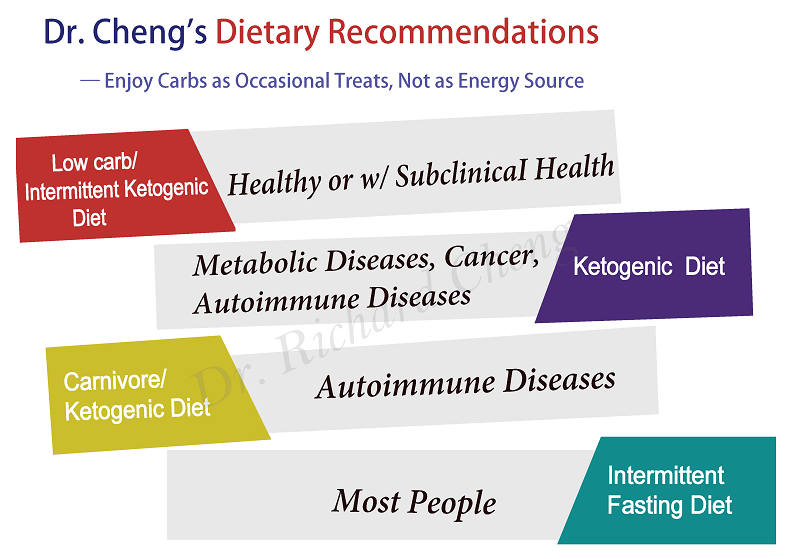Disclaimer: The following information is provided for educational and informational purposes only. It is not intended as medical advice, diagnosis, or treatment. Always consult with a qualified and experienced healthcare professional before starting, stopping, or altering any medical regimen or treatment plan. This content should be used under the direct supervision of a licensed healthcare provider to ensure safety and appropriateness for your individual health needs.
Acute Infectious Diseases: Recommended Nutritional and Therapeutic Protocols
- Vitamin C:
- Begin with a high dose to achieve mild watery diarrhea (dosage varies by individual and disease; generally recommended starting dose: 10,000-20,000 mg/day).
- After reaching bowel tolerance, take 1,000-3,000 mg per hour during waking hours daily. Adjust dosage to just below the threshold that causes diarrhea.
- Alternatively, use liposomal vitamin C: 1-3 grams per dose, 1-3 times daily.
- Vitamin D3:
- Take 50,000 IU/day for 5-7 days initially.
- Transition to a maintenance dose of 5,000 IU/day.
- After 1-2 months, measure blood vitamin D3 levels and maintain them between 50-100 ng/ml.
- Vitamin E:
- Dosage: 400-2,000 IU/day.
- Liposomal Glutathione (Liposomal-GSH):
- Dosage: 1-2 grams/day.
- Zinc:
- Dosage: 50-100 mg/day for 7 days.
- Melatonin:
- Dosage: 5-20 mg nightly.
- Magnesium Ion:
- Dosage: 500-1,500 mg/day.
- Quercetin:
- Dosage: 500 mg per dose, 3-4 times daily.
- Hydrogen Peroxide Nebulization Inhalation:
- Use 1-3% hydrogen peroxide solution (do not exceed 3%).
- Inhale for 5-15 minutes, 3-4 times daily.
- Methylene Blue:
- Administered orally or intravenously as per medical guidance.
- Other Recommendations:
- Maintain a healthy lifestyle, including adequate sunlight exposure, regular exercise, sufficient hydration and a healthy diet that is low on carb, plenty of healthy fats, low ultra-processed foods, low seed oil.
- Other vitamins, micronutrients, antioxidants, methylene blue, NIR/PBMT and mitochondrial nutrients all play critical roles in optimizing immunity, maintaining health, and treating diseases—a concept Dr. Cheng refers to as TotoCell Nutrition™.

